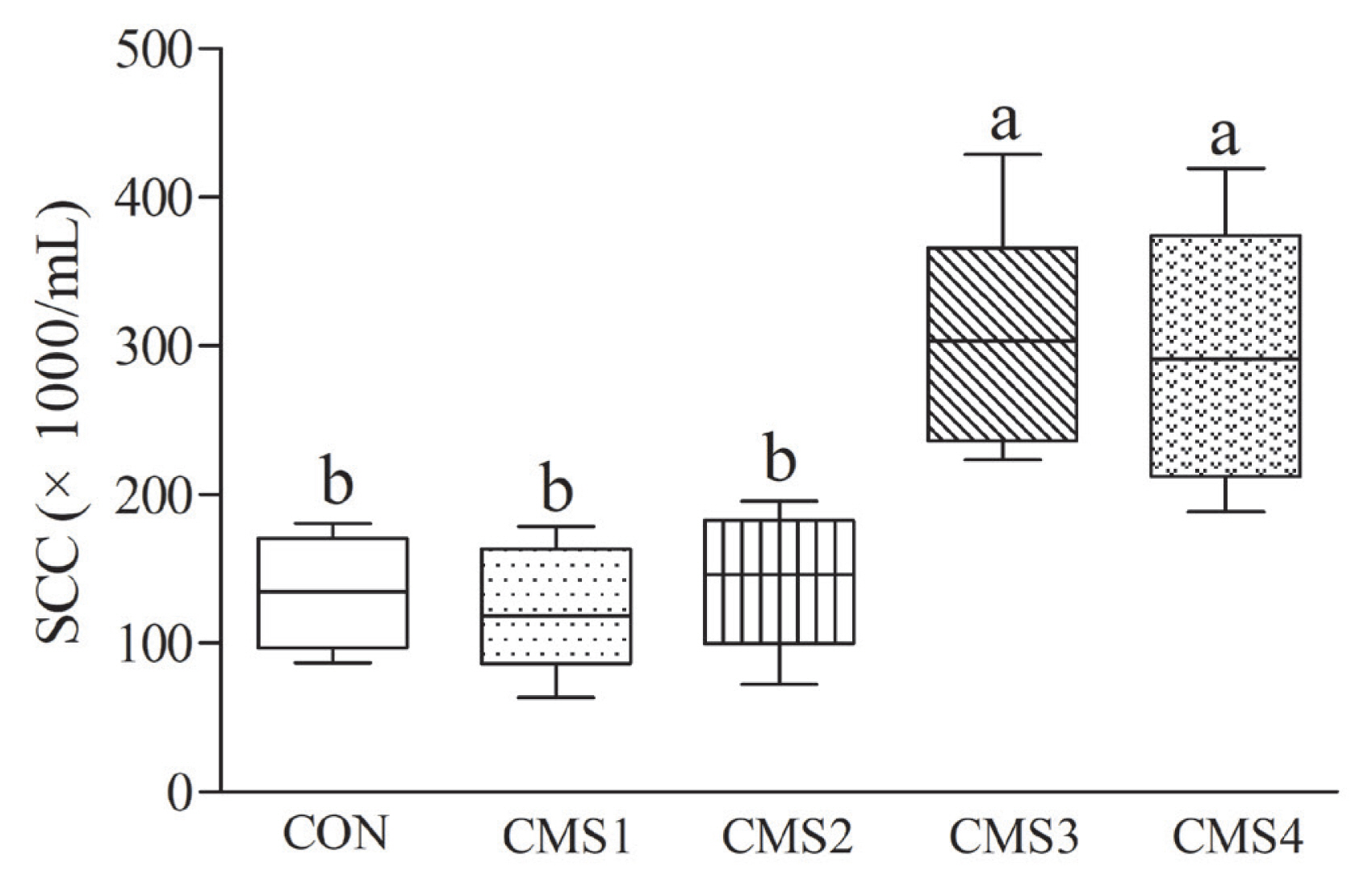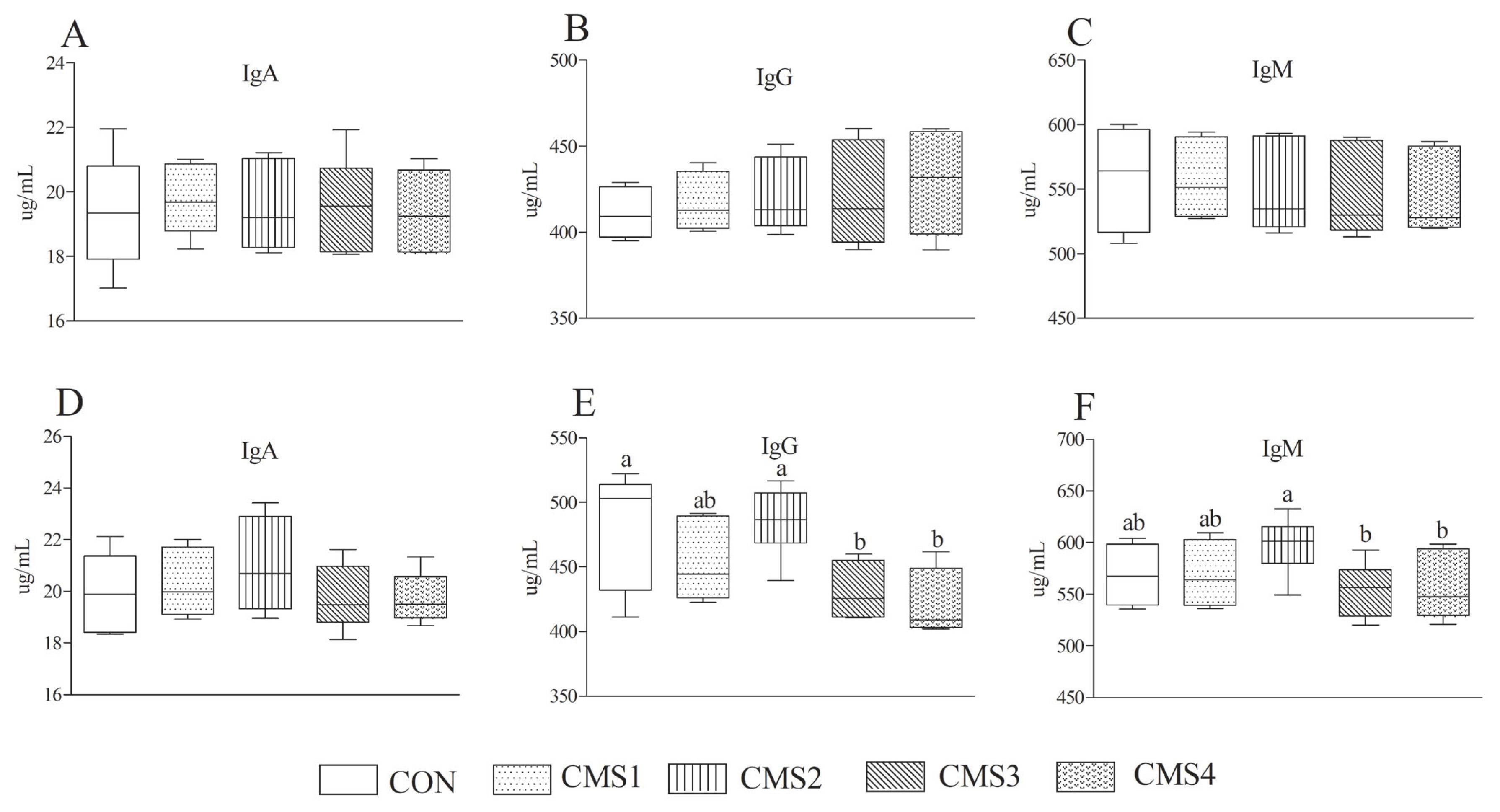1. Ferreira AC, Vieira JF, Barbosa AM, et al. Effect of replacing ground corn and soybean meal with licuri cake on the performance, digestibility, nitrogen metabolism and ingestive behavior in lactating dairy cows. Animal 2017; 11:1957–65.
https://doi.org/10.1017/S175173111700074X


2. Zali A, Eftekhari M, Fatehi F, Ganjkhanlou M. Effect of vinasse (condensed molasses solubles) on performance and meat chemical composition of Holstein male calves. Ital J Anim Sci 2017; 16:515–20.
https://doi.org/10.1080/1828051X.2017.1298407

4. Xiao JX, Alugongo GM, Chung R, et al. Effects of
Saccharomyces cerevisiae fermentation products on dairy calves: ruminal fermentation, gastrointestinal morphology, and microbial community. J Dairy Sci 2016; 99:5401–12.
https://doi.org/10.3168/jds.2015-10563


5. Trivedi S, Shah S. The effect of cane molasses on cow milk productivity. Int J Curr Eng Technol 2014; 4:4157–61.
6. Miller WF. Influence of cane molasses inclusion to dairy cow diets during the transition period on rumen epithelial development and a proposed mechanism of rumen epithelial development [dissertation]. Manhattan, KS, USA: Kansas State University; 2011.
7. Eklund M, Mosenthin R, Tafaj M, Wamatu J. Effects of betaine and condensed molasses solubles on nitrogen balance and nutrient digestibility in piglets fed diets deficient in methionine and low in compatible osmolytes. Arch Anim Nutr 2006; 60:289–300.
https://doi.org/10.1080/17450390600785525


8. Pienaar GA. The potential of condensed molasses solubles (CMS) to replace molasses in feedlot diets [master’s thesis]. Pretoria, South Africa: University of Pretoria; 2016.
9. Stemme K, Gerdes B, Harms A, Kamphues J. Beet-vinasse (condensed molasses solubles) as an ingredient in diets for cattle and pigs - nutritive value and limitations. J Anim Physiol Anim Nutr 2005; 89:179–83.
https://doi.org/10.1111/j.1439-0396.2005.00554.x

10. Kleinschmit DH, Schingoethe DJ, Hippen AR, Kalscheur KF. Dried distillers grains plus solubles with corn silage or alfalfa hay as the primary forage source in dairy cow diets. J Dairy Sci 2007; 90:5587–99.
https://doi.org/10.3168/jds.2006-753


11. Münnich M, Klevenhusen F, Zebeli Q. Feeding of molassed sugar beet pulp instead of maize enhances net food production of high-producing Simmental cows without impairing metabolic health. Anim Feed Sci Technol 2018; 241:75–83.
https://doi.org/10.1016/j.anifeedsci.2018.04.018

12. Committee on Animal Nutrition, National Research Council. Nutrient requirements of dairy cattle. 7th edWashington, DC, USA: National Academies Press; 2001.
13. Zhao XH, Chen ZD, Zhou S, et al. Effects of daidzein on performance, serum metabolites, nutrient digestibility, and fecal bacterial community in bull calves. Anim Feed Sci Technol 2017; 225:87–96.
https://doi.org/10.1016/j.anifeedsci.2017.01.014

14. Latimer GW. Official methods of analysis of AOAC International. 19th edGaithersburg, MD, USA: AOAC International; 2012.
20. Martel CA, Titgemeyer EC, Mamedova LK, Bradford BJ. Dietary molasses increases ruminal pH and enhances ruminal biohydrogenation during milk fat depression. J Dairy Sci 2011; 94:3995–4004.
https://doi.org/10.3168/jds.2011-4178


21. Cohen-Zinder M, Leibovich H, Vaknin Y, et al. Effect of feeding lactating cows with ensiled mixture of
Moringa oleifera, wheat hay and molasses, on digestibility and efficiency of milk production. Anim Feed Sci Technol 2016; 211:75–83.
https://doi.org/10.1016/j.anifeedsci.2015.11.002

22. Baurhoo B, Mustafa A. Short communication: effects of molasses supplementation on performance of lactating cows fed high-alfalfa silage diets. J Dairy Sci 2014; 97:1072–6.
https://doi.org/10.3168/jds.2013-6989


23. El Khidir OA, Thomsen KV. The effect of high levels of molasses in combinations with hay on digestibility of organic matter, microbial protein synthesis and volatile fatty acid production
in vitro
. Anim Feed Sci Technol 1982; 7:277–86.
https://doi.org/10.1016/0377-8401(82)90021-9

25. Kumar S, Bass BE, Bandrick M, et al. Fermentation products as feed additives mitigate some ill-effects of heat stress in pigs. J Anim Sci 2017; 95:279–90.
https://doi.org/10.2527/jas.2016.0662


26. Vranković L, Aladrović J, Ljubić BB, et al. Blood biochemical parameters of bone metabolism in cows and calves kept in a beef suckler system during the early postpartum period. Livest Sci 2018; 211:8–13.
https://doi.org/10.1016/j.livsci.2018.02.014

27. Hussain SO, Badry KAL, Zalzala SJ, Zakri AMM. Activity of transaminase enzyme and testosterone hormone in blood of Awassi rams during different season. Asian Pac J Reprod 2017; 6:217–20.
https://doi.org/10.4103/2305-0500.215932

28. Moloney AP, Almiladi AA, Drennan MJ, Caffrey PJ. Rumen and blood variables in steers fed grass silage and rolled barley or sugar cane molasses-based supplements. Anim Feed Sci Technol 1994; 50:37–54.
https://doi.org/10.1016/0377-8401(94)90008-6











 PDF Links
PDF Links PubReader
PubReader ePub Link
ePub Link Full text via DOI
Full text via DOI Download Citation
Download Citation Print
Print





